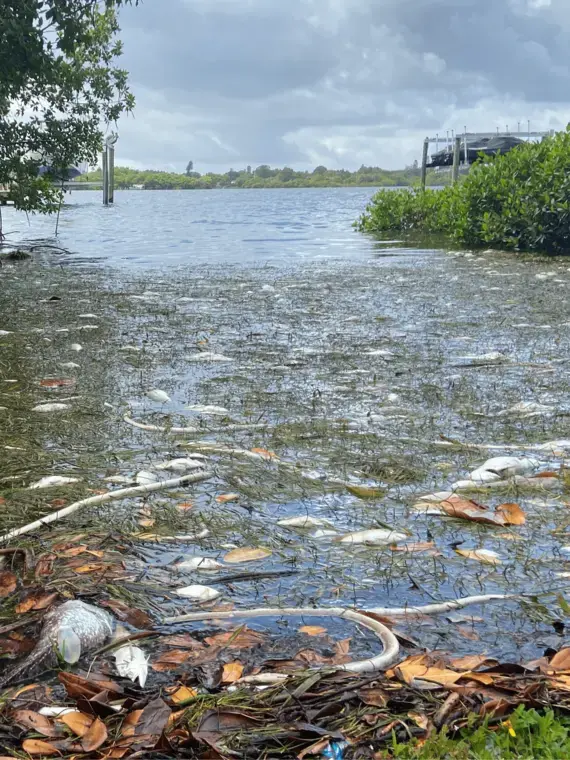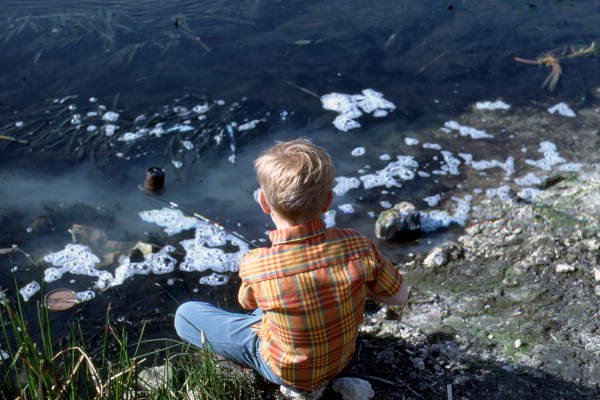The year 1972 was a turning point for water in the United States. People began to grasp that sewage-filled bays, massive fish kills, and flaming rivers were not the inevitable costs of progress—but the avoidable consequences of weak or non-existent pollution controls. The year saw some of the most significant environmental laws in American history, including the U.S. Clean Water Act and Florida’s Water Resources Act. The results, which took decades, were dramatic. Floridians could kayak in Escambia Bay, which once set records for fish kills. They could swim in Biscayne Bay, previously dubbed “the rose bowl” for the swirl of pink sewage tourists could see from the hotels. Vanished seagrasses returned to many waters, along with the animals that rely on them.
On the 50th anniversary of the Clean Water Act, Florida can take pride in decades of progress. But student journalists found that in recent years, the state’s failure to limit agricultural and other pollution unregulated by the Clean Water Act; its breakneck growth; and the warming, stormier climate have brought the state to another watershed moment.

















